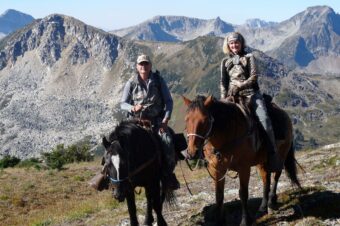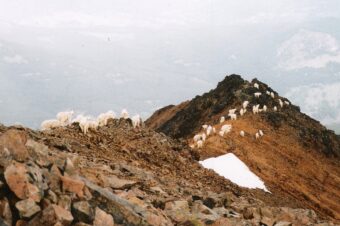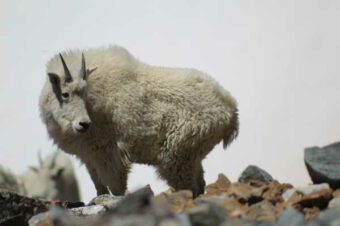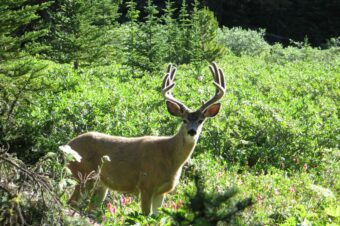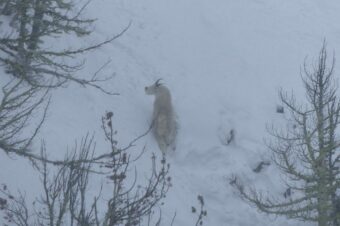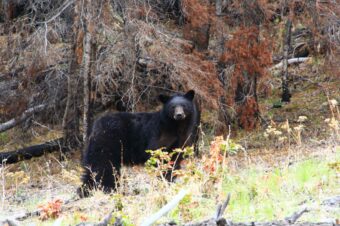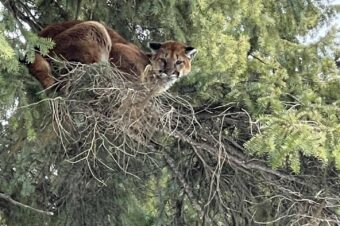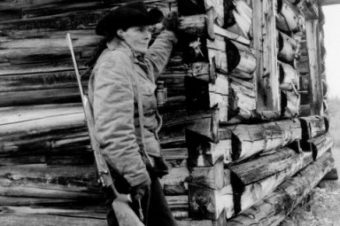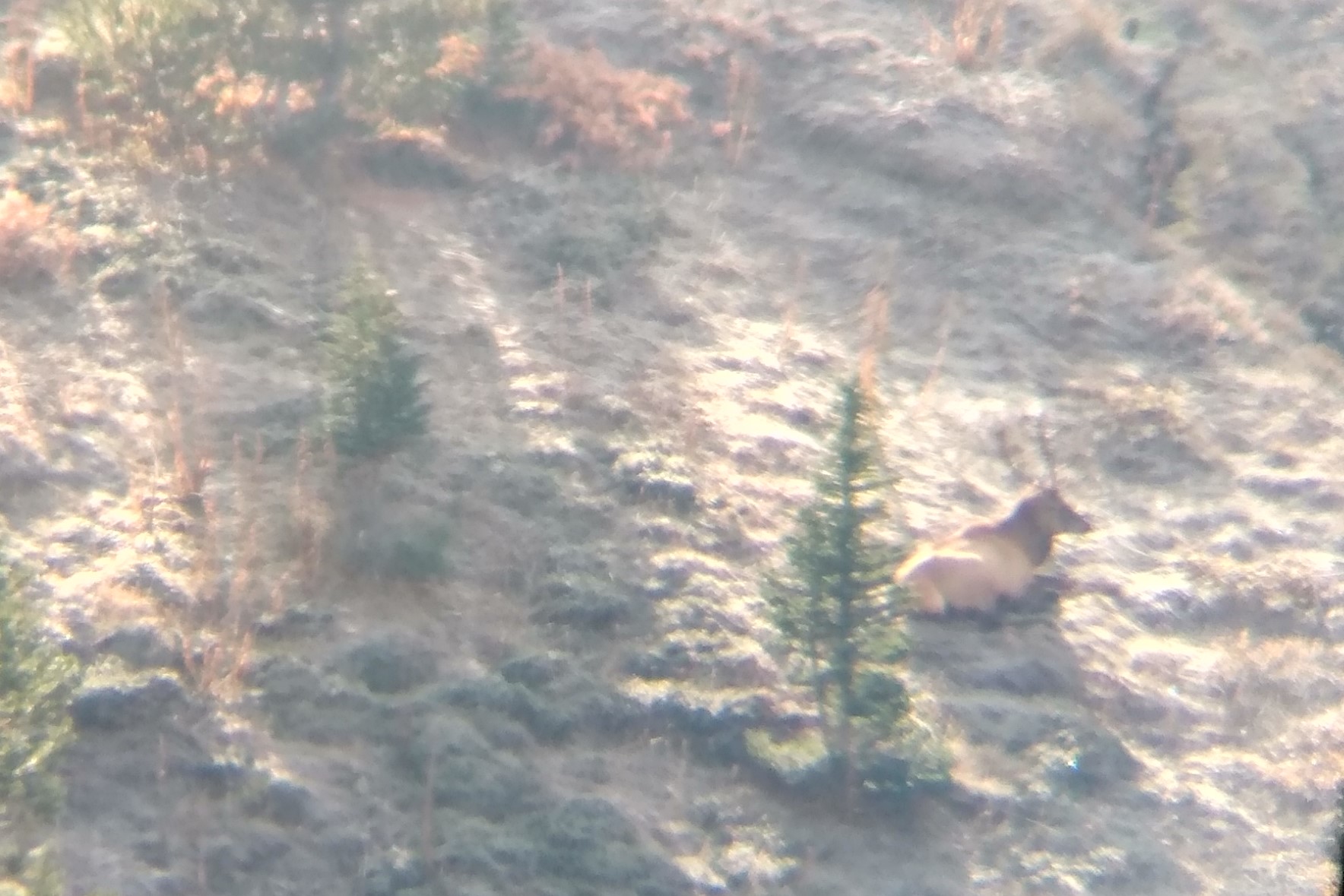 On a California Bighorn sheep hunt, a mysterious wildlife sighting became important for conservation of an extirpated species.
On a California Bighorn sheep hunt, a mysterious wildlife sighting became important for conservation of an extirpated species.
My first thought was it was a moose. My second thought was what would a moose be doing up here? We were glassing for rams at tree line, half way through a two week California Bighorn sheep hunt. We’d just seen five ewes and lambs disappear over a ridge into the clouds.
I looked through my binoculars at this tall, thin, light-coloured animal. It was facing away from me, on a small ridge, with small tree-line trees around. What was it? I couldn’t tell with just my binoculars so I got out my spotting scope. Now I could zoom in on this animal.
It had huge deer-like antlers, not the large paddles moose have. It had a black face and black legs, its body was tan-coloured, the rump slightly lighter but not the white of a mule deer. I could see 4 points on the antlers at the back and 2 points on the front of the antlers above the eyes. The face was almost cow-like. He was facing me now, lowering his neck, lifting his head and bellowing.
If this was a mule deer, he was the strangest looking buck I’d ever seen.
I pointed him out to my hunter who looked through his binoculars and said it looked like an elk. But we didn’t have elk in our corner of the Chilcotin Ark.
Kevan arrived from glassing further along the ridge. We said we’d seen a mule deer that looked like an elk. Like me, Kevan said there were no elk here. But when we described it, Kevan agreed it sure sounded like an elk.
The animal had moved away from the edge of the mountain and after a few minutes looking, Kevan found him again. He was now laying down by a clump of willow bushes. When the sun hit him, his coat was a reddish-brown, his black face and legs contrasted strongly. We observed him bedded down a little longer – there was no doubt he was a Rocky Mountain elk.
He was a satellite bull, a young elk branching out on his own, looking for a new territory. This part of the Chilcotin Ark is perfect elk habitat but we almost never see them here. This was only the 2nd live elk we’d seen here in 30 years. The other evidence of elk here had been a few antler sheds and a cougar kill.
Why was it so important to see this elk here?
It was evidence elk could live here. That the habitat was good for them. We could use this to build a case to get an elk transplant here. Elk are found in other areas of the Chilcotin Ark and east of us. Elk transplants are also not uncommon in the province of BC. There are elk nearby and this has been done before. Bringing in transplanted elk is the start of repopulating this area with elk and creating a healthy, viable population. Elk lived here historically but became extirpated when a valley was flooded to make a hydroelectricity reservoir and much of their suitable habitat lost.
Previous studies on transplanted elk have shown that they disperse from their release site. This means elk could be released here and they could populate west into the rest of this part of the Chilcotin Ark, perhaps one day connecting with the elk north and west of here. This would create interconnectivity of elk throughout the Chilcotin Ark and make for better genetic diversity.
Seeing the elk is just the start of building up to the transplant. We have to choose release sites, select our elk for the transplant, choosing where to get them from and how many cows and bulls, raise funds to pay for the relocation costs. BCTMO Conservation Club will also need to work with other stake holders such as government biologists, First Nations, loggers, miners and conservation groups in this area and the area the elk are being transplanted from to name but a few.
As you can see, there are a lot of variables involved in an elk transplant. This is just the start of our project to reintroduce Rocky Mountain elk to this southeastern corner of the Chilcotin Ark. If you’re interested in getting involved, send us an email to info@bctrophymountainoutfitters.com.
Charlie
